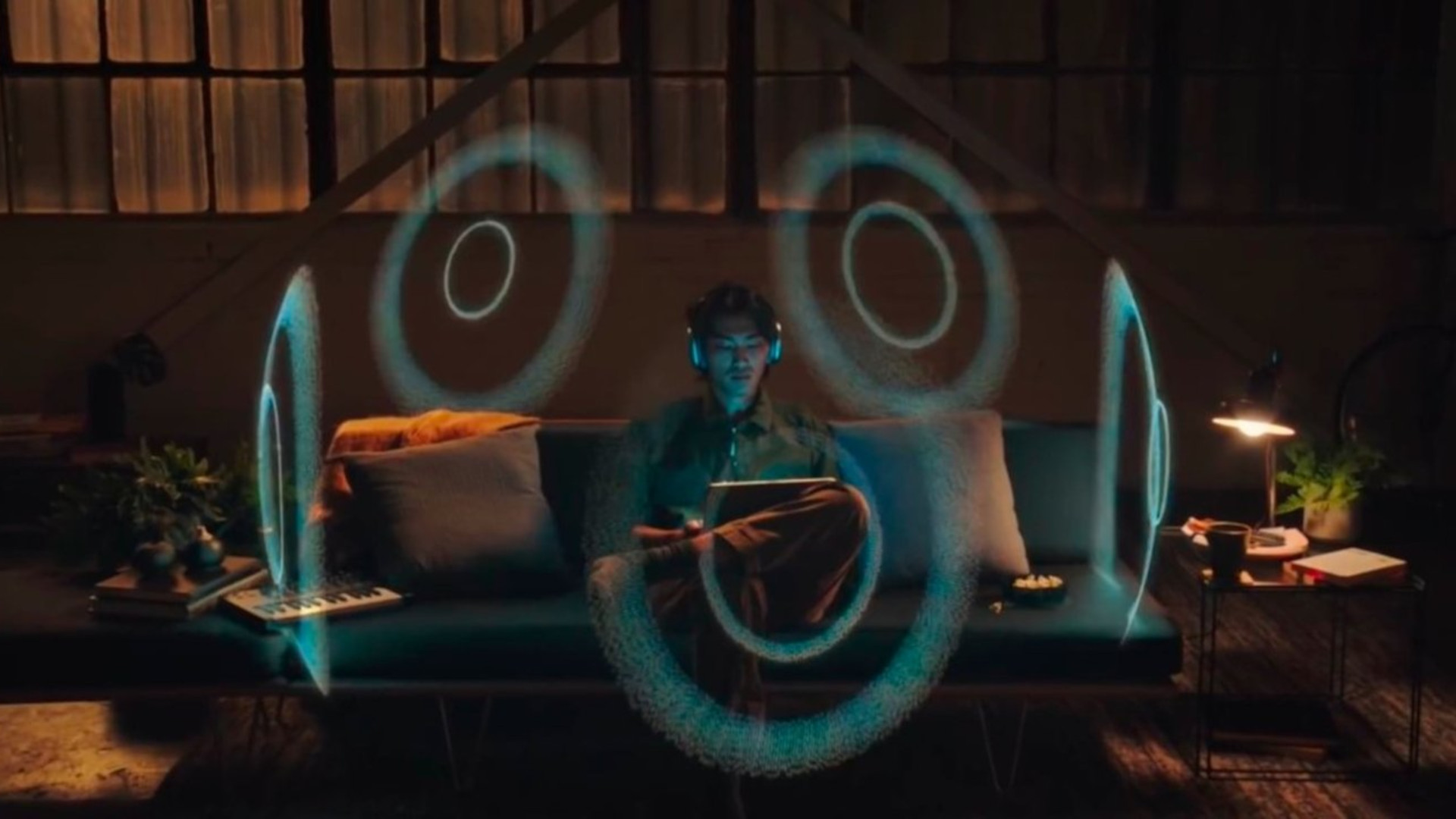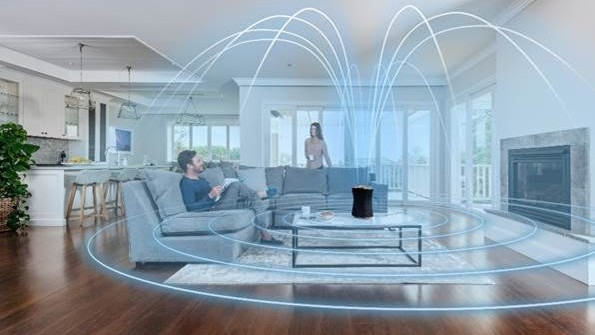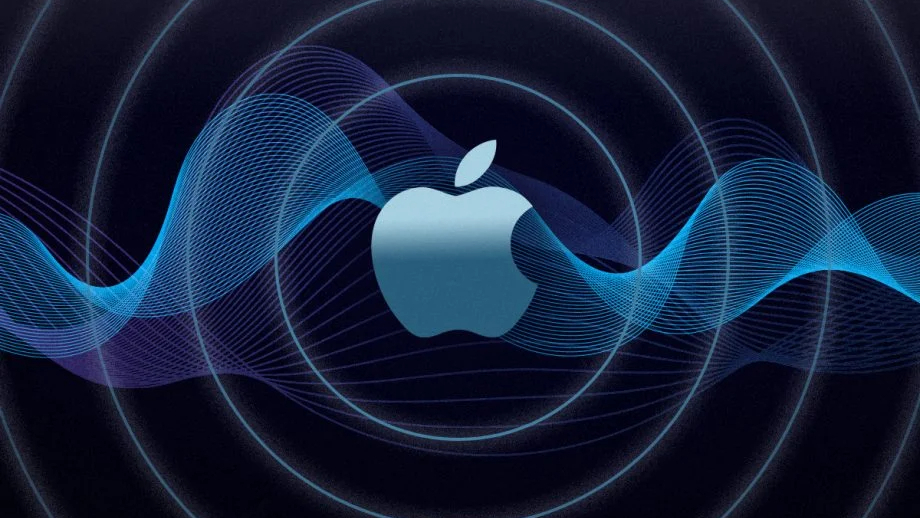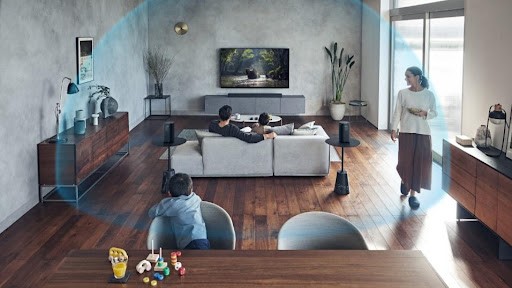Apple Spatial Audio vs Sony 360 Reality Audio – how the immersive formats differ
And which 3D audio path should you venture down?

If you've heard of technology's buzzword of the moment – 'spatial audio' – you may well have come across two flavours of it: Apple Spatial Audio and Sony 360 Reality Audio. Both are audio technologies designed to immerse you in a 3D soundfield that emulates a surround sound experience through simply a pair of headphones or wireless speaker, no full home cinema system necessary.
If that sounds like a music experience you are keen to try but aren't sure how to get it or which variation of the technology would be best for you, we're here to help. Below is an explanation of the Apple and Sony spatial audio technologies, followed by their similarities, key differences, and which streaming services and devices support them.
What is Sony 360 Reality Audio?

Sony 360 Reality Audio is an audio format designed to offer, as the name suggests, a 360-degree sound experience. The idea is to give the listener a sense of being surrounded by audio, as opposed to being presented with 'just' the two channels (left and right) of traditional stereo.
This technology was primarily built by Sony for music applications, and it uses the MPEG-H 3D Audio standard, meaning it's ideally optimised for audio streaming. It supports 64 channels so that different audio strands can be finely tuned and pinpointed in various places in a soundfield.
Sony has made this format available to developers so that more and more content can be created and listened to in 360 Reality Audio. As such, a 360 WalkMix Creator plugin allows music labels and producers to mix their music in this immersive format.
- Read the in-depth answer: What is Sony 360 Reality Audio?
What is Apple Spatial Audio?

Apple Spatial Audio is similar in that it aims to create the experience of audio coming from different directions in space, though it has been designed to work with movies as well as music.
The technology takes stereo and multi-channel surround sound signals and works some Apple magic by adjusting the directional audio filters. This is done by adjusting frequencies so that each ear has an experience of variations in sound placement. The technology itself is powered by Dolby Atmos, a 3D audio technology that is at the forefront of cinema (and home cinema) surround sound, as well as some music (see our Dolby Atmo Music explainer).
The 'Dolby Atmos for Headphones' technology offers a similar experience and has been around for a while, but the key difference here is Apple's addition of head tracking, which takes into consideration the positions of both the headphones and source device (i.e phone) to create a consistent spatial sound experience for the user when they're moving.
- Read the in-depth answer: What is Apple Spatial Audio?
Which devices support Apple Spatial Audio?
Unsurprisingly, hardware and software from Apple and Apple-owned Beats support Apple Spatial Audio. This includes:
- AirPods Pro (1st and 2nd generation), AirPods Max, AirPods (3rd generation)
- Beats Fit Pro, Beats Studio Pro
- iPhone 7 and later
- iPad Pro 12.9‑inch (3rd generation and later)
- iPad Pro 11‑inch
- iPad Air (3rd generation and later)
- iPad (6th generation and later)
- iPad mini (5th generation and later)
- iOS or iPadOS 15.1 or later
- The built-in speakers on a Mac computer with Apple silicon
- Apple TV 4K with tvOS 15 or later
- Apple HomePod (1st and 2nd generation), HomePod Mini
- Audiovisual content from Apple TV+ and Apple Music
Additionally, the Disney Plus app for Apple TV 4K now supports Dolby Atmos with spatial audio with AirPods, while Netflix supports spatial audio with head-tracking when used with compatible AirPods.
And as of March 2023, Sonos' Arc and Beam Gen 2 soundbars and Era 300 smart speaker support Apple Music's spatial audio library too.
Which devices support Sony 360 Reality Audio?
Sony claims that 360 Reality Audio can be experienced “using headphones from most manufacturers”, though its Headphones Connect app needs to be downloaded on the source device, whether it is iOS or Android. It offers a head-tracking feature, but only through a pairing between Sony's Xperia 1 V or 5 V smartphones and WF-1000XM5 or WH-1000XM5 headphones.
Otherwise, the key to experiencing 360 Reality Audio in hardware is that each product needs to have Sony’s custom decoder built-in.
Sony has a decent array of headphones, speakers, soundbars, smartphones and AV receivers that specifically support the format, most of which are Sony branded but also include a handful of third-party products like the Amazon Echo Studio smart speaker and family of Sennheiser Ambeo soundbars. You can also play Sony 360 Reality Audio music over an HDMI connection through select Denon, Marantz and McIntosh AV amplifiers. To get the full list, visit the Certified Product section on the Sony website.
In terms of content, you can find 360 Reality Audio music via the iOS and Android apps of Deezer, Tidal, Amazon Music HD and nugs.net. The Nugs option has over 10,000 concerts in its catalogue, for example, so there's plenty to enjoy.

Apple Spatial Audio vs Sony 360 Reality Audio: which is better?
While these formats are pretty similar in their intent and purpose, they do differ in a few areas. Firstly, Apple Spatial Audio is designed to work across music listening and movie watching, whereas Sony 360 Reality Audio is simply music-orientated. Sony has 360 Spatial Sound Mapping for the movie space.
Secondly, Apple Spatial Audio is built on the widely adopted Dolby Atmos technology and works predominantly within Apple's ecosystem, meaning it can offer a wealth of music and movies available in spatial audio albeit only to those who buy Apple/Beats products. Meanwhile, the Sony format has been created from the ground up and has been designed to work with as many software services and hardware as possible, though hardware support is still primarily within Sony's camp. Sony says it aims to get the technology "into the hands of all creators", so it seems to have big ambitions for the future.
Ultimately, the products you use will determine which – if any – 3D audio technology is best for you, but either way the promise is an immersive, 'sound everywhere' experience. We have tried multiple flavours of immersive audio and find the technology to be generally more useful for movies and sports, though it has its value with music (despite being a little inconsistent in our minds) and we're looking forward to seeing how the music industry and consumer electronics giants like Apple and Sony help steer the 3D audio path in the future.
MORE:
How about Dolby Atmos Music? Here's everything you need to know
These are the best music streaming services: free streams to hi-res audio
Bose’s spatial audio tech is a nice idea for headphones but it’s too hit-and-miss
Move over Dolby Atmos, a new rival from Samsung and Google is coming
Get the What Hi-Fi? Newsletter
The latest hi-fi, home cinema and tech news, reviews, buying advice and deals, direct to your inbox.
